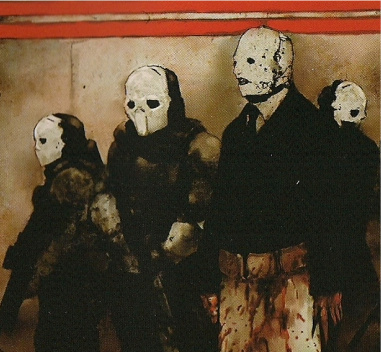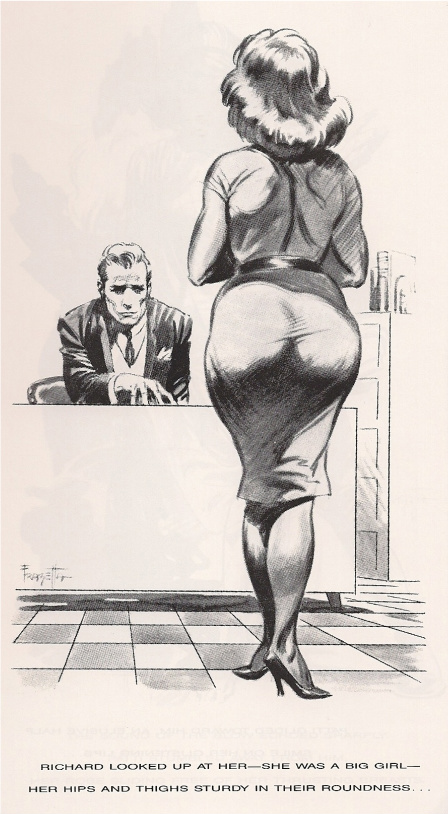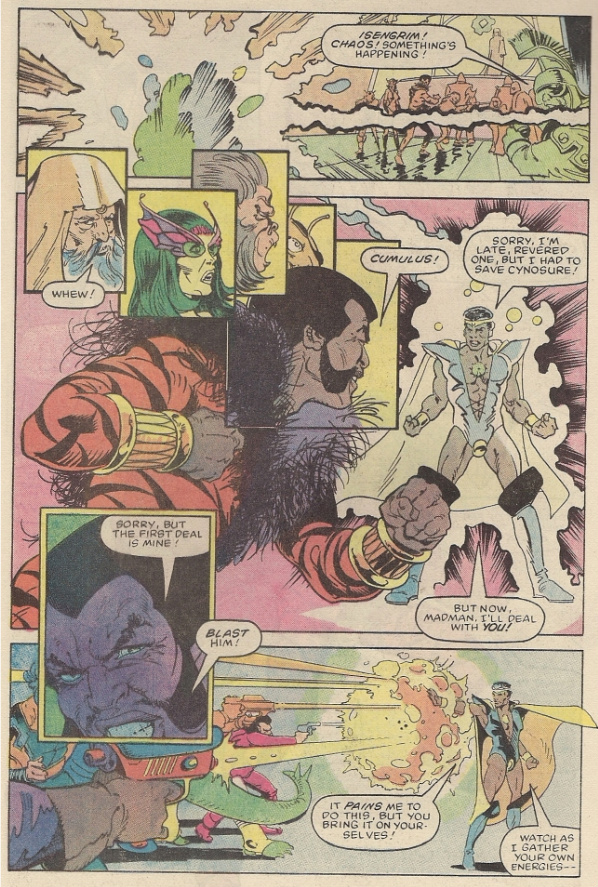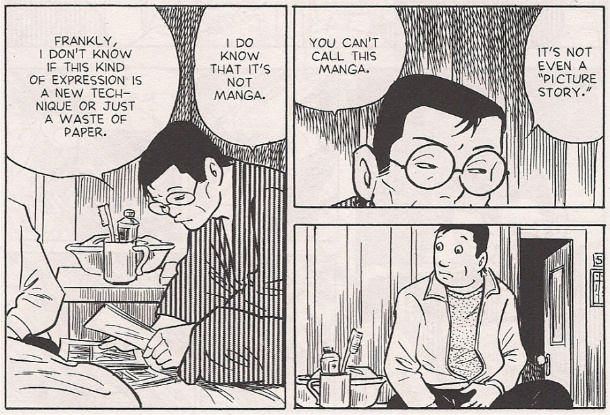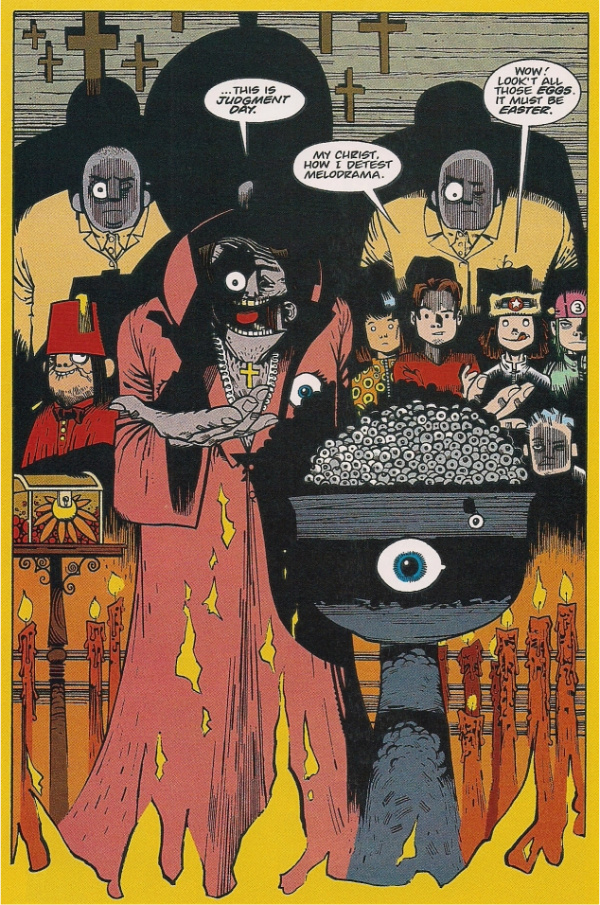 For reasons far too exciting to reveal on the internet, I spent part of my Easter Sunday reading the new Titan Books edition of Tank Girl: The Odyssey, initially published by Vertigo in 1995. That was also the year of the infamous movie adaptation – indeed, writer Peter Milligan also scripted the Official Comic of the Movie around the same time, with artist Andy Pritchett. But The Odyssey boasted a little something extra: franchise co-creator Jamie Hewlett drawing 96 pages of story, which I believe still ranks as the longest sustained comics narrative he’s ever done.
For reasons far too exciting to reveal on the internet, I spent part of my Easter Sunday reading the new Titan Books edition of Tank Girl: The Odyssey, initially published by Vertigo in 1995. That was also the year of the infamous movie adaptation – indeed, writer Peter Milligan also scripted the Official Comic of the Movie around the same time, with artist Andy Pritchett. But The Odyssey boasted a little something extra: franchise co-creator Jamie Hewlett drawing 96 pages of story, which I believe still ranks as the longest sustained comics narrative he’s ever done.
Appropriately, it’s in many ways a comic about resurrection – most immediately by the fuzzy quality of the “remastered” art, which looks different enough from the bonus strips in the back that I wonder if there was some problem with the source materials. The story is also troubled, but in a more appealing way; Milligan notes in a new introduction that his script acted to invoke Ulysses — specifically its recurrences of mythic archetypes on the din of the everyday — as a means of imposing some personal sense and structure on Hewlett’s & Alan Martin’s also-loud and rather closed-off Tank Girl aesthetic.
But an established, popular comic strip comes with specific expectations, and Milligan’s initial crack at the first issue was heavy enough with Homeric and Joycean allusions that an editor urged him to scale things back on rewrite. This is symbolized in-story by Tank Girl getting annoyed with the “filthy rotten modernist omniscient voice” in the captions and shooting it to death; the character thereafter narrates in her own words. I guess it isn’t too surprising, then, that the book as a whole comes off as not all that different from a collection of Martin/Hewlett shorts – it’s a work of vignettes, some of them pretty funny and excellent, and roped tighter to each other than usual for Tank Girl, but still never accumulating into something greater plot-wise, all (fairly shallow) literary nods aside.
However, it does make for a striking piece of metafiction: eternally recurring mythic-literary structures as an apologia for comic book work-for-hire, from a writer often known to calm his voice for franchise assignments. “I’ve probably got loads more stories to have told about me, by all sorts of different peoples,” remarks Tank Girl in the midst of an explicative caption denouement on locating the epic in our everyday lives; clearly, it’s also about accessing bits of relevant culture — including the more freshly-relevant stuff of movie-ready comics — to inform the present.
 Yet Milligan is neurotic – he inserts himself into the narrative as a character called O’Madagain, red shirt-clad to ensure his archetypal status as eventual cannon fodder, and increasingly assertive on the story, destroying a cyclops with eyes blessed by God and deflecting hails of bullets with his bare hands. He has sex with Tank Girl, in the tank, in the midst of a project unusually laddish in attention paid to female characters’ nude bodies. It’s all a put on, literally – eventually O’Madagain’s wig falls off and his corset pops and then he craps his pants and admits that all this fictionsuiting is a rather pathetic attempt to distract himself from the suspicion that he’s a pitiful sad sack and, impliedly, that he’s accessing culture for masturbatory, prestigious ends. And he’s not even the originating creator – Hewlett also appears in the story as O’Hell, a tag-along who’s secretly Tank Girl’s father. These circumstances lead to perhaps the only instance of a confronting-their-creator story in the history of collaborative English-language comics where the artist functions as the confronted author. It’s not exactly Animal Man – Hewlett grovels before a naked Tank Girl, shouting that she’s the only decent thing he’ll probably ever create, begging to ride her coat tails just a little more. She shoots him in the heart, and as far as I know that’s the last of her comics he ever drew.
Yet Milligan is neurotic – he inserts himself into the narrative as a character called O’Madagain, red shirt-clad to ensure his archetypal status as eventual cannon fodder, and increasingly assertive on the story, destroying a cyclops with eyes blessed by God and deflecting hails of bullets with his bare hands. He has sex with Tank Girl, in the tank, in the midst of a project unusually laddish in attention paid to female characters’ nude bodies. It’s all a put on, literally – eventually O’Madagain’s wig falls off and his corset pops and then he craps his pants and admits that all this fictionsuiting is a rather pathetic attempt to distract himself from the suspicion that he’s a pitiful sad sack and, impliedly, that he’s accessing culture for masturbatory, prestigious ends. And he’s not even the originating creator – Hewlett also appears in the story as O’Hell, a tag-along who’s secretly Tank Girl’s father. These circumstances lead to perhaps the only instance of a confronting-their-creator story in the history of collaborative English-language comics where the artist functions as the confronted author. It’s not exactly Animal Man – Hewlett grovels before a naked Tank Girl, shouting that she’s the only decent thing he’ll probably ever create, begging to ride her coat tails just a little more. She shoots him in the heart, and as far as I know that’s the last of her comics he ever drew.
“You might not like what I’ve become. I might not like what I’ve become. But that’s life.” At its broadest, where it works best, it’s all about culture resurrected and enduring, not so much in the ‘superheroes are our modern myths’ sense but in that it’ll always be a few steps ahead toward divinity than us mucky, dumb animals. Sure, Milligan & Hewlett are playing a little — the enclosed head shot assures us that Peter Milligan isn’t really withered and toothless, while the in-story Hewlett’s tiny eyes and blue hair can’t help but evoke 2D of Gorillaz — but in suggesting humankind as lustful, confused things that aren’t evolving to jack shit, staggering among continuing figments of narrative, they predict that even the most owned among it will inevitably break free from control, and tread away.
And now, upcoming purchasable items with prices affixed to the end.
(more…)
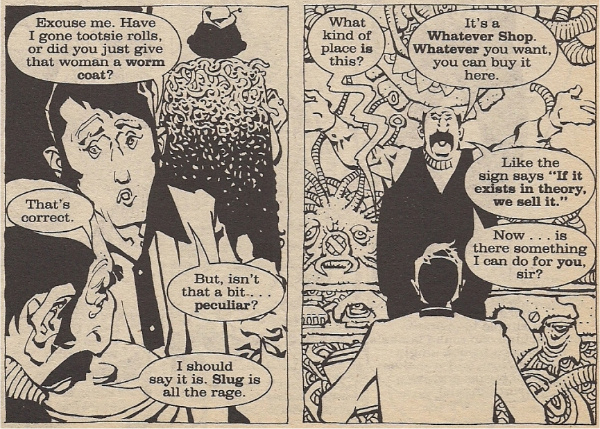 That’s right, what can we do for you? So many wonders are available right now for just a few thin dollars, although I am legally obligated to mention that they do not involve a worm coat, unless Johnny Ryan elects to involve one in your personalized erotic violation; $100.
That’s right, what can we do for you? So many wonders are available right now for just a few thin dollars, although I am legally obligated to mention that they do not involve a worm coat, unless Johnny Ryan elects to involve one in your personalized erotic violation; $100.





